The Gap (1937)
Género : Bélica, Documental
Tiempo de ejecución : 38M
Director : Donald Carter
Sinopsis
A dramatization to promote the Territorial Army.

Secuela hecha directamente para TV del clásico "La gran evasión", film protagonizado en 1963 por Steve McQueen.

The incredible story of Bruno Lüdke (1908-44), the alleged worst mass murderer in German criminal history; or actually, a story of forged files and fake news that takes place during the darkest years of the Third Reich, when the principles of criminal justice, subjected to the yoke of a totalitarian system that is beginning to collapse, mean absolutely nothing.

Después de luchar contra los rusos en tierras finlandesas, Max vuelve a Noruega, que ha sido ocupada por los alemanes. Pronto se une al movimiento de la resistencia y se convierte en uno de los miembros más importantes del llamado Grupo de Oslo, liderado por Gunnar Sønsteby.
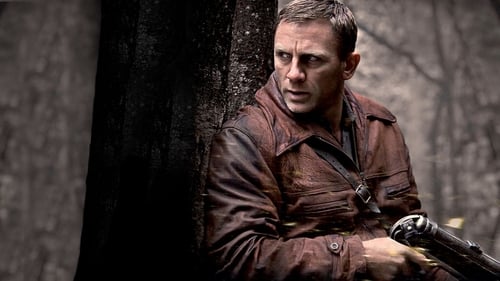
Segunda Guerra Mundial. Corre el año 1941 y los judíos de Europa Oriental están siendo masacrados a millares. En la Bielorrusia ocupada, tres hermanos logran escapar de una muerte segura y se refugian en los densos bosques de alrededor de su casa, que conocen desde su infancia. Allí inician su desesperada lucha contra los nazis. Su lucha se convertirá en algo mucho más importante, una forma de vengar las muertes de sus seres queridos al salvar a miles de personas.

Una poderosa declaración contra la guerra, Hiroshima es una historia sobre el efecto de la bomba atómica sobre la vida de un niño y la vida del pueblo japonés.
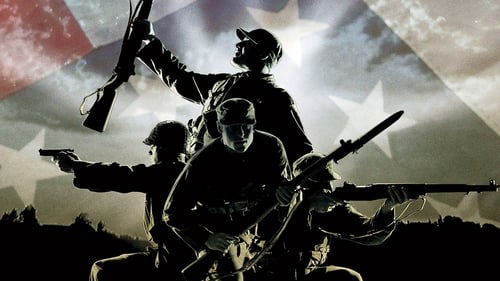
A finales de la Segunda Guerra Mundial, en enero de 1945, los hombres del sexto batallón de Rangers, a las órdenes del teniente coronel Henry Mucci, llevaron a cabo una peligrosa misión en Filipinas: recorrer 30 millas a través de un territorio dominado por los japoneses para intentar rescatar a 500 prisioneros de guerra. Inspirada en hechos reales.
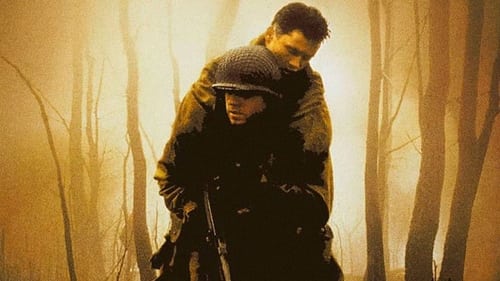
En las postrimerías de la Segunda Guerra Mundial (1939-1945), el soldado David Manning abandona a su pesar a un compañero mortalmente herido para reunirse con sus compañeros de pelotón. Desgraciadamente, el Capitán Pritchett le comunica que todos han muerto. Manning es ascendido a sargento en contra la opinión del sargento Talbot, que lo considera un cobarde.

Aleksandar Zograf, a renowned cartoonist discovers an unusual comic book from World War II. The comic’s hero is Kaktus Kid – a small cactus trapped in his pot. Intrigued, Zograf investigates into the life of Kaktus Kid’s creator – little known artist Veljko Kockar. He soon discovers that Kockar was arrested just after the liberation of Belgrade in 1944. He was charged for being a Gestapo agent and executed. Zograf’s investigation reveals a far more complex story: Kockar’s identity and artistic works were stolen, he possibly has an affair with the girlfriend of a guerilla soldier and he drew anti-communist propaganda for the Nazis. As he explores the story and pieces together the scraps of evidence 70 years after it happened Zograf is faced with his own personal and artistic dilemmas: why do these little drawings have such power to give consolation but also lead to violence?
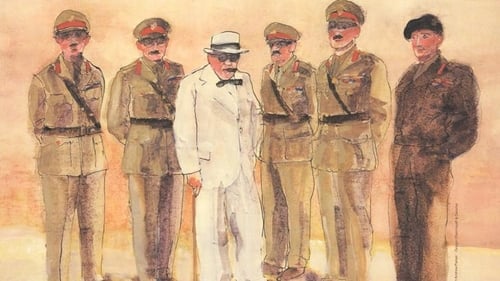
The complicated relationship between Winston Churchill and the leaders of the British army during World War II.

Douglas, un piloto solitario y atormentado, tendrá que superar su pasado para liderar al equipo de bombarderos Lancaster en la batalla aérea de Berlín, en 1944.

The Viking Invasion of Wessex 878 AD is the second DVD in this sensational new series, The Dark Ages, which delves into a war-torn and obscure period of Britain's past to focus on some of the pivotal events that completely altered the history, culture and politics of the British Isles. In the year 878 AD, Alfred King of Wessex faced the fourth and most serious attempt by the devious Viking chieftain Guthrum to seize the last remaining Saxon kingdom. Thwarted in their conventional attempts in 871, 876 and 878, the Vikings, stole away from their base in Gloucester and descended on Alfred's court while they were celebrating Twelfth Night on the borders of wintery Wessex at Chippenham. Alfred escaped but was driven into hiding in the Somerset Marshes, while the Vikings fanned across Wessex.

The film begins with the First World War and ends in 1945. Without exception, recordings from this period were used, which came from weekly news reports from different countries. Previously unpublished scenes about the private life of Adolf Hitler and Eva Braun were also shown for the first time. The film was originally built into a frame story. The Off Commentary begins with the words: "This film [...] is a document of delusion that on the way to power tore an entire people and a whole world into disaster. This film portrays the suffering of a generation that only ended five to twelve. " The film premiered in Cologne on November 20, 1953, but was immediately banned by Federal Interior Minister Gerhard Schröder in agreement with the interior ministers of the federal states of the Federal Republic of Germany.


After the events of The African Queen (1951), Charlie and Rose are recaptured by the Germans and forced to tug one of their big cannons that could bring the Nazis victory against the local Allied forces.
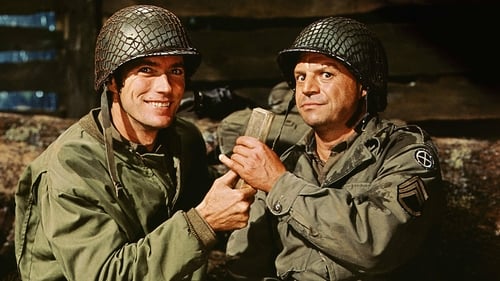
Poco después del desembarco aliado en Normandia, Kelly captura a un comando alemán que conduce a su cuartel general, en las cercanías de Nancy. Emborrachando a los alemanes, consigue saber que uno de ellos es el encargado de llevar a su país un cargamento de oro que se encuentra guardado en el Banco de Claremont.
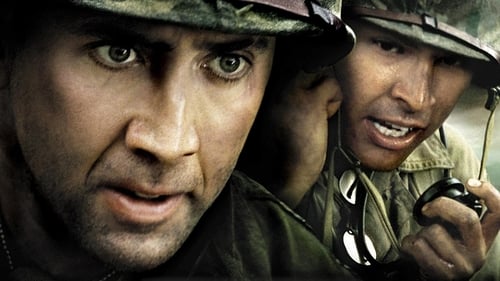
Durante la Segunda Guerra Mundial (1939-1945) el avance de las tropas estadounidenses en la campaña del Pacífico se ve seriamente obstaculizado por la capacidad de los servicios de inteligencia japoneses para descifrar los mensajes militares. A finales de 1942, son entrenados varios centenares de indios navajos para emplear un código secreto basado en su lengua materna, el único que no pudo ser descifrado por los japoneses. Los protagonistas son dos oficiales cuya misión es proteger a dos indios navajos enrolados en la Marina. Basada en hechos reales.
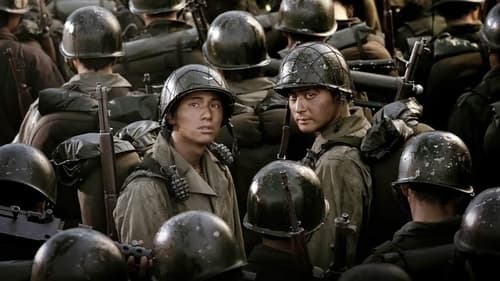
Jin-tae es un zapatero que lleva años trabajando sin descanso para que su hermano menor, Jin-seok, pueda ir a la universidad. Pero todos sus sueños y esperanzas se desvanecen cuando los dos son obligados a incorporarse al ejército en contra de su voluntad. Separado de su casa y de su familia, Jin-tae promete proteger a Jin-sok. Pero la guerra pondrá a prueba sus lazos de fe, amor y confianza.
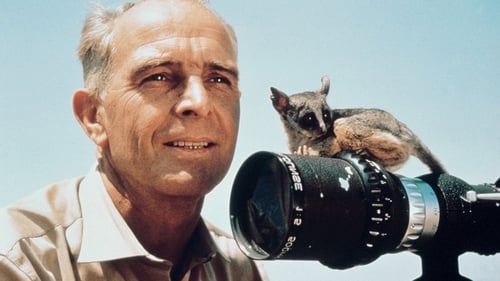
The film tells of the beginnings of the Serengeti National Park in Tanzania. At the end of the 1950s, the Tanzanian National Park Administration wanted to fence in the protected area around the Ngorongoro Crater. Bernhard and Michael Grzimek were invited by the national park administration in 1957 to get a precise picture of the animal migrations and to provide the national park administration with the values they needed for their project. Using a new counting method with two airplanes, the Grzimeks found out that the migration of the herds was different than assumed.
















